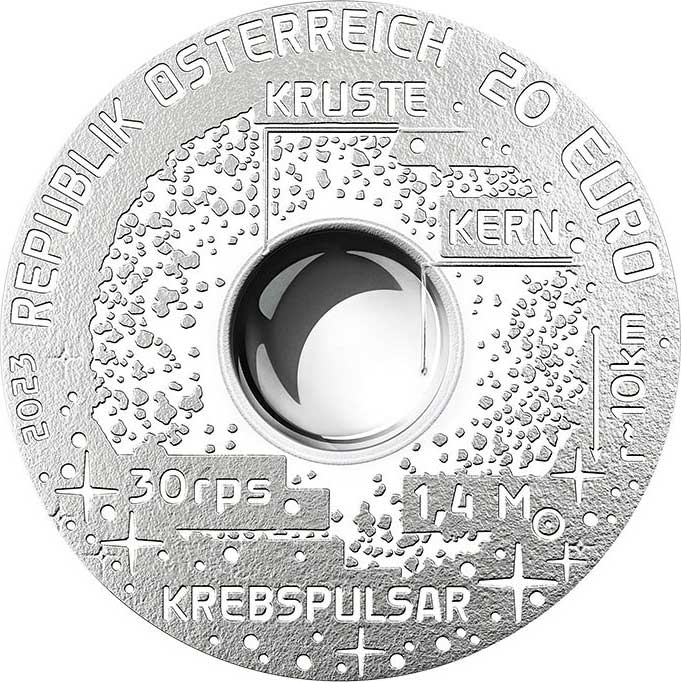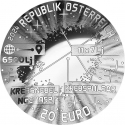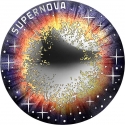You are about to finish your registration. Please check your mailbox (including spam folder). There should be a letter with a confirmation link. Check setting to make sure that your e-mail address is correct.
Send letter againDescription
Neutron stars are the remnants of massive stars that have undergone supernova explosions, resulting in some of the densest objects in the universe, second only to black holes. These compact stars, roughly the size of a city with a mass exceeding that of the Sun, are so dense that a teaspoon of neutron star material would weigh as much as 1,000 Cheops pyramids. Estimated to number up to a billion in the Milky Way, neutron stars can rotate at speeds up to 700 times per second and possess magnetic fields millions of times stronger than any man-made magnet.
Neutron stars play a crucial role in gravitational wave astronomy, especially during the merger of binary systems, which generate detectable gravitational waves. While most neutron stars cool and emit little radiation over time, they remain detectable in certain situations, such as when they function as pulsars or are part of binary systems emitting X-rays. These remarkable objects are key to understanding the extremes of matter and cosmic phenomena.
Design: Helmut Andexlinger
Obverse

|
Depicts the words ‘crust’ and ‘core’ in German. ‘Crab Pulsar’ is the name of a neutron star that was created from a supernova in the year 1054, while ‘1,4 M ’ refers to the neutron star’s solar mass, ‘30rps’ to its rotation speed per second and ‘r~10km’ to its radius. 2023 REPUBLIK OESTERREICH 20 EURO |
|---|---|
Reverse

|
Depicts a colored illustration of the neutron star bulges with its magnetic field. NEUTRONENSTERN |
| Edge |
20 Euro
The Beauty of the Universe
Neutron Star
Subscribe series
KM# 3358
The Beauty of the Universe
Neutron Star





